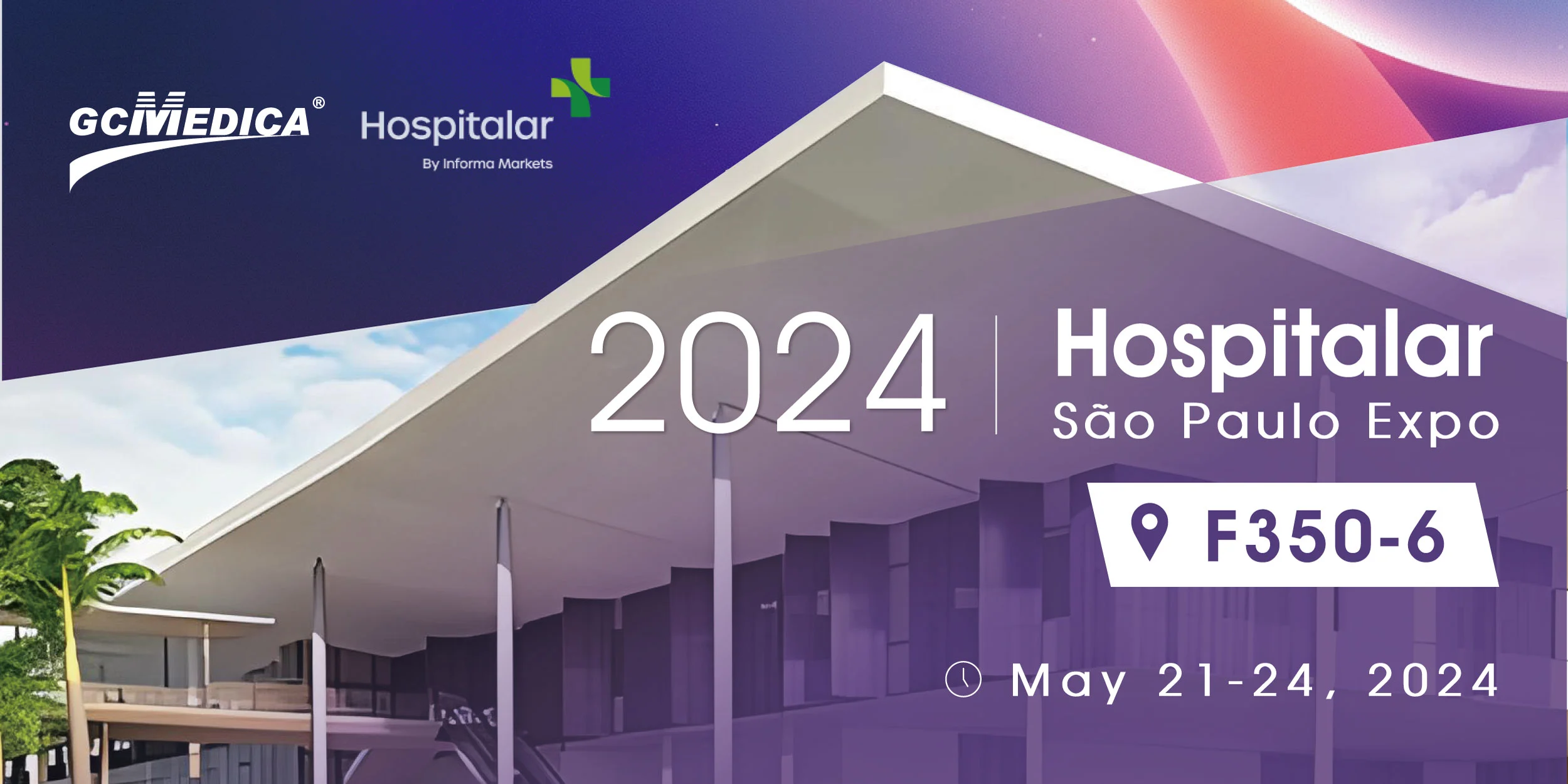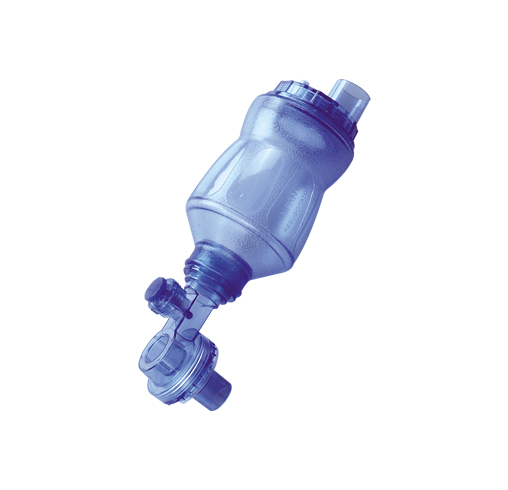-
Prodotti e accessori endoscopici
- Set di aspirazione e irrigazione endoscopica
- Tubi di insufflazione
- Ago Veress
- Tubo insufflatore riscaldato ad alto flusso
- Valvole endoscopiche monouso
-
Manicotti della fotocamera dell'endoscopio
- Drappeggio per telecamera endoscopica a cambio rapido
- Drappo per telecamera endoscopica ad alta definizione
- Drappo per fotocamera endoscopica con estremità elastomerica
- Drappeggio per fotocamera endoscopica pieghevole ad anello
- Manicotto per fotocamera per endoscopia piegato telescopico con estremità a cambio rapido
- Manicotto per fotocamera per endoscopia piegato telescopico con estremità elastica
- Set di irrigazione per artroscopia
- Tubi di irrigazione
- Tappo del sistema di risciacquo
- Spazzole per la pulizia del canale per endoscopia
- Trappola per polipo
-
Respiratorio
- Cannula nasale per ossigeno
- Maschera per capnografia
- Maschera di ossigeno
- Maschera antirespirazione
- Maschera Venturi
- Maschera Multi-sfiato
- Maschera nebulizzatore
- Nebulizzatore con boccaglio
- Maschera per tracheostomia
- Ezscope monouso™Pro Broncho
- Boccaglio valvola unidirezionale
- Clip per naso
- Boccaglio ABC e Kit filtro
- Esercitatore di respirazione
-
Catetere di aspirazione chiuso
- Catetere di aspirazione chiuso girevole doppio tipo B 24H
- Catetere di aspirazione chiuso a T con Trach tipo B 24H
- Catetere di aspirazione chiuso con connettore Pedi Y 24H
- Catetere di aspirazione chiuso a doppia rotazione di tipo K 72H
- Catetere di aspirazione chiuso a T con Trach tipo K 72H
- Catetere di aspirazione chiuso multiporta
- Catetere di aspirazione
- Valvola del vuoto per il controllo del muco
- Trappola per campioni di muco
- Estrattore di muco
- Estrattore di muco con guaina protettiva
- Tubo aspirante monouso
- Anestesia
-
Gestione delle vie aeree
- Vie aeree orofaringee
- Vie aeree nasofaringee
-
Maschera laringea vie aeree
- Maschera laringea in PVC Standard per le vie aeree
- Maschera laringea in PVC rinforzato per le vie aeree
- Maschera laringea in PVC a 90 gradi per le vie aeree
- Maschera laringea in Silicone Standard per le vie aeree
- Maschera laringea in Silicone rinforzato per le vie aeree
- Maschera laringea riutilizzabile per le vie aeree
- Maschera laringea rinforzata riutilizzabile per le vie aeree
-
Tubo per tracheostomia
- Tubo per tracheostomia regolabile celeste
- Tubo per tracheostomia celeste con neoaspirazione
- Tubo per tracheostomia rinforzato celeste
- Tubo per tracheostomia della serenità
- Kit tubo tracheostomia Serenity
- Tubo per tracheostomia con neoaspirazione
- Kit tubo tracheostomia Serenity con neoaspirazione
- Tubo per tracheostomia fenestrato Grasmere
- Kit tubo tracheostomia Grasmere fenestrato
- Tubo per tracheostomia Non regolabile azzurro
- Tubo per tracheostomia di tipo S
- Tubo per tracheostomia Pedi
- Tubo endotracheale
- Introduttore per tubi endotracheali
- Stilo per intubazione
-
Chirurgia di aspirazione
- Manico Flexi-clear Yankauer
-
Maniglia Yankauer
- Maniglia SpeedFlow Yankauer
- Yankauer a punta semplice
- Punta flangia Yankauer
- Punta conica Yankauer
- On/Off Yankauer con punta semplice
- On/Off Yankauer con punta conica
- Punta della lampadina Yankauer
- Punta della corona Yankauer
- Manico flessibile per aspirazione Poole
- Maniglia Yankauer CH30 e tubo di collegamento aspirazione CH35
- Yankauer a punta semplice in due pezzi
- Punta di becco d'anatra Yankauer
- Maniglia di aspirazione Poole
- Tubo di aspirazione orl
- Sonda di aspirazione
- Yankauer ortopedico/ortopedico
- Punta chirurgica dell'aspiratore
- Tubo di collegamento dell'aspirazione
- Cestello di aspirazione Soft Liner
- Contenitore di aspirazione rigido
- Contenitore di aspirazione con Kit filtro
- Contenitore esterno riutilizzabile
- Sistema di drenaggio delle ferite sottovuoto
- Legatore per fasciatura per emorroidi
- Connettore
- Adattatore per il controllo del vuoto
- Cardiochirurgia toracica
- Prodotti e accessori laparoscopici
- Ginecologia
-
Urologia
- CathVantage™Catetere intermittente idrofilo portatile
-
Cysto/Set di irrigazione della vescica
- Set di irrigazione della vescica M-easy
- Set di irrigazione della vescica B-cylind
- Set di irrigazione della vescica S-tur
- Set di irrigazione della vescica S-uni
- Set di irrigazione della vescica B-uro
- Set di irrigazione della vescica Premi
- Set di irrigazione della vescica J-pump
- Set di irrigazione della vescica J-tur
- Set di irrigazione della vescica con pompa ad H
- Set di irrigazione della vescica Sup-flow
- Set di irrigazione in acero
- Set per l'irrigazione della peonia
- Catetere Nelaton
- Sacca di drenaggio urinario
- Sacca per le gambe di drenaggio urinario
- Kit clistere
- Kit da bagno Sitz
- Contenitore per campioni con sigillo a clic
- Catetere maschile in Silicone
- Catetere e adattatore per rubinetto
- Rubinetto di arresto a tre vie
- Set di irrigazione in legno di sandalo
- Set di irrigazione Freesia
- Set di irrigazione narciso
-
Chirurgia generale
- Sistema atomizzatore di perfusione
- Tubo della coppa gastrica
- Applicatore di polvere emostatica
- Drappo magnetico
- Immobilizzatore manuale chirurgico
- Set di somministrazione per il sangue
- Set di irrigazione dentale
- Siringa per orecchio/ulcera
- Siringa per irrigazione a bulbo
- Siringa per irrigazione Toomey
- Siringa per irrigazione dentale
- Dispositivo di decantazione
- Cannula di miscelazione
- Dispositivo di atomizzazione della membrana
- Fodera per lavabo/drappo per lavabo
- Copertura della maniglia della fotocamera
- Copertura della maniglia leggera
- Spazzola medica
- Bastoncino di spugna
- Sutura Retriever
- Contapaghi
- Tubo di calibrazione monouso
- Infusore a pressione
- Tappo per eparina
- Cappuccio di protezione
- Siringa per irrigazione a bulbo da 100ML
- Marcatore Scleral
- Manico per luce chirurgica
- Nutrizione enterale
- Attrezzatura medica durevole
- Dispositivi di protezione personale
- COVID-19 prodotti
- PVC-FREE dispositivo medico
- Reparto e.n. T
- Soluzioni per la gestione della temperatura
- Funzionamento
- Sistema di trattamento del paziente
- Emergenza
-
-
 HOSPITALAR 2024Apr 28 , 2024
HOSPITALAR 2024Apr 28 , 2024 -
-
-
Rianimatore manuale
Un rianimatore manuale è un dispositivo che utilizza una pressione positiva per gonfiare i polmoni di una persona ininterrotta che non respira, al fine di mantenerle ossigenato e vivo. Il nostro rianimatore manuale è progettato per fornire assistenza respiratoria efficace e comfort del paziente. La sua costruzione semplice e sicura lo rende utile per l'uso in situazioni difficili.
Tipo di rianimatore manuale
What is a Manual Resuscitator Used For?
Manual resuscitators, also known as bag valve masks (BVMs), play a critical role in emergency medicine and patient care. They are essential tools used for providing ventilation to individuals who are not breathing or are not breathing adequately. The primary purpose of a manual resuscitator is to ensure that oxygen is delivered to the lungs of a patient in situations where natural breathing is compromised.
1.Emergency Respiratory Support: In cases of respiratory arrest or failure, manual resuscitators are used to manually pump oxygen into the patient's lungs. This is crucial in emergency settings, such as cardiac arrests, drownings, drug overdoses, or any situation where a patient's breathing is inadequate.
2.Pre-Hospital Care: Paramedics and emergency medical technicians commonly use manual resuscitators in pre-hospital settings. They are a key component of emergency response equipment in ambulances, providing a lifeline to patients while they are transported to medical facilities.
3.Anesthesia and Surgery: In surgical settings, manual resuscitators are used during anesthesia, especially in situations where mechanical ventilators are not available or suitable. They provide a controlled delivery of oxygen and anesthetic gases to patients under sedation.
4.Neonatal and Pediatric Use: In neonatal and pediatric care, manual resuscitators are used for newborns and children who require respiratory support. These resuscitators are specially designed to meet the delicate and precise requirements of young patients.
5.Supplemental Oxygen Delivery: Besides providing ventilation, manual resuscitators can also be used to deliver supplemental oxygen to patients who can breathe independently but need additional oxygen support due to conditions like Chronic Obstructive Pulmonary Disease (COPD) or severe asthma.
In essence, manual resuscitators are versatile and life-saving devices in various medical scenarios. Their ability to provide immediate respiratory support makes them indispensable in both emergency and planned medical procedures.
Exploring the Unique Features of GCmedica PVC and Silicone Resuscitators
In the realm of emergency medical equipment, the quality, design, and functionality of resuscitators are paramount. GCmedica has set a new standard in this field with its innovative PVC and Silicone resuscitators, designed to meet and exceed the demands of medical professionals in various emergency scenarios.
1.Material Quality and Durability: The GCmedica resuscitators are made from high-grade PVC and Silicone, materials known for their durability and flexibility. These materials ensure the resuscitators can withstand the rigors of repeated use in high-stress environments. The resilience of these materials also contributes to their longevity, making them a cost-effective option for medical facilities.
2.Ergonomic Design: Understanding the critical nature of ease of use in emergency situations, GCmedica has meticulously designed these resuscitators with ergonomics in mind. The design facilitates easy handling and operation, reducing fatigue for medical professionals during prolonged use. This ergonomic focus extends to all aspects of the resuscitator, including the mask, bag, and valves, ensuring efficient and effective ventilation with minimal effort.
3.Enhanced User Experience: The user experience is significantly enhanced by features like the transparent mask, which allows for better patient monitoring. The tactile and visual feedback is crucial in emergency scenarios. Additionally, the soft yet sturdy bag provides a reliable feel, ensuring precise control over ventilation.
4.Compliance with Safety Standards: Safety is a non-negotiable aspect of medical device manufacturing, and GCmedica resuscitators comply with all relevant safety standards. This compliance assures healthcare providers of the device's reliability and effectiveness in critical care situations.
5.Specific Attributes for Enhanced Performance: GCmedica has incorporated various attributes to boost the performance of their resuscitators. For instance, the valve design is optimized for smooth operation and efficient air flow, minimizing the risk of airway pressure buildup. The resuscitators are also adaptable for use with oxygen reservoirs, enhancing their functionality in different medical situations.
These unique features make GCmedica's PVC and Silicone resuscitators not just tools but lifelines in emergency medical care. Their design and functionality reflect a deep understanding of the challenges faced in emergency scenarios, offering solutions that are both innovative and practical.
FAQs About Manual Resuscitators
Q1:How does a manual resuscitator work?
A1:A manual resuscitator, or bag valve mask, is a handheld device used to provide positive pressure ventilation to patients who are not breathing or breathing insufficiently. The device consists of a self-inflating bag, a one-way valve, and a mask. When the bag is squeezed, air (or oxygen from an attached supply) is forced through the valve and into the patient's lungs. When the bag is released, it reinflates automatically, drawing in air or oxygen for the next breath.
Q2:What are the hazards of manual resuscitators?
A2:While manual resuscitators are critical in emergency care, they carry potential hazards if not used correctly. These include the risk of overinflating the lungs, which can lead to barotrauma or volutrauma. Inadequate ventilation can occur if the bag is not squeezed properly. There's also the risk of gastric insufflation, where air is forced into the stomach, potentially leading to vomiting and aspiration.
Q3:What are the benefits of using a manual resuscitator?
A3:Manual resuscitators provide immediate respiratory support in emergency situations where mechanical ventilation is not available. They are portable, do not require electricity, and can be used in various settings, from hospitals to remote locations. These devices allow for controlled oxygen delivery and are adaptable to patients of different ages and sizes, making them versatile tools in emergency care.
Q4:How many liters of oxygen does a manual resuscitator use?
A4:The amount of oxygen a manual resuscitator uses depends on the bag size and the oxygen supply settings. Adult resuscitators typically have a bag volume of about 1,000 to 1,600 milliliters and can deliver from 500 to 800 milliliters of air (or oxygen) per breath. When connected to an oxygen supply, the device can deliver concentrations of 90% to 100% oxygen, typically at a flow rate of 10 to 15 liters per minute.




 +
+